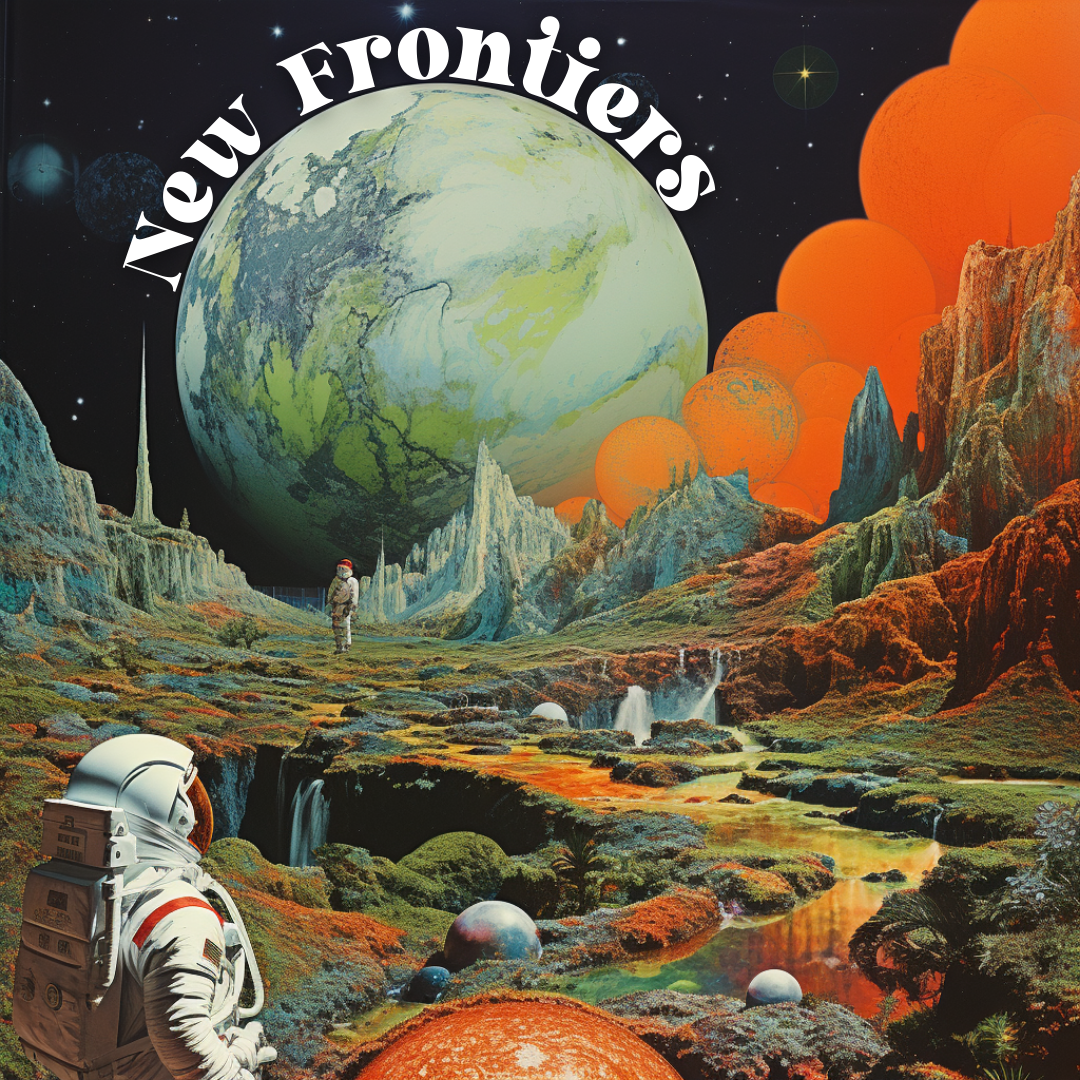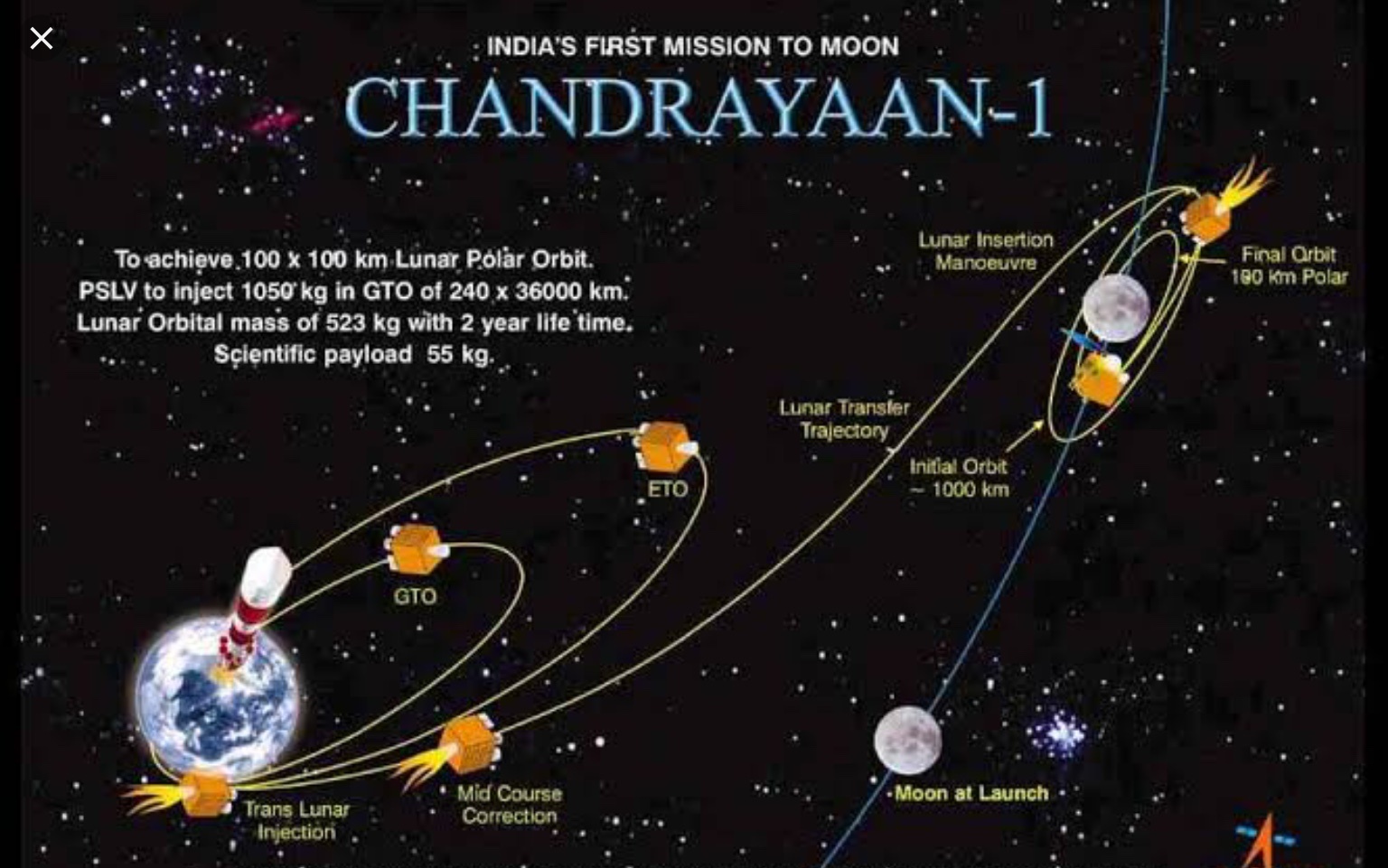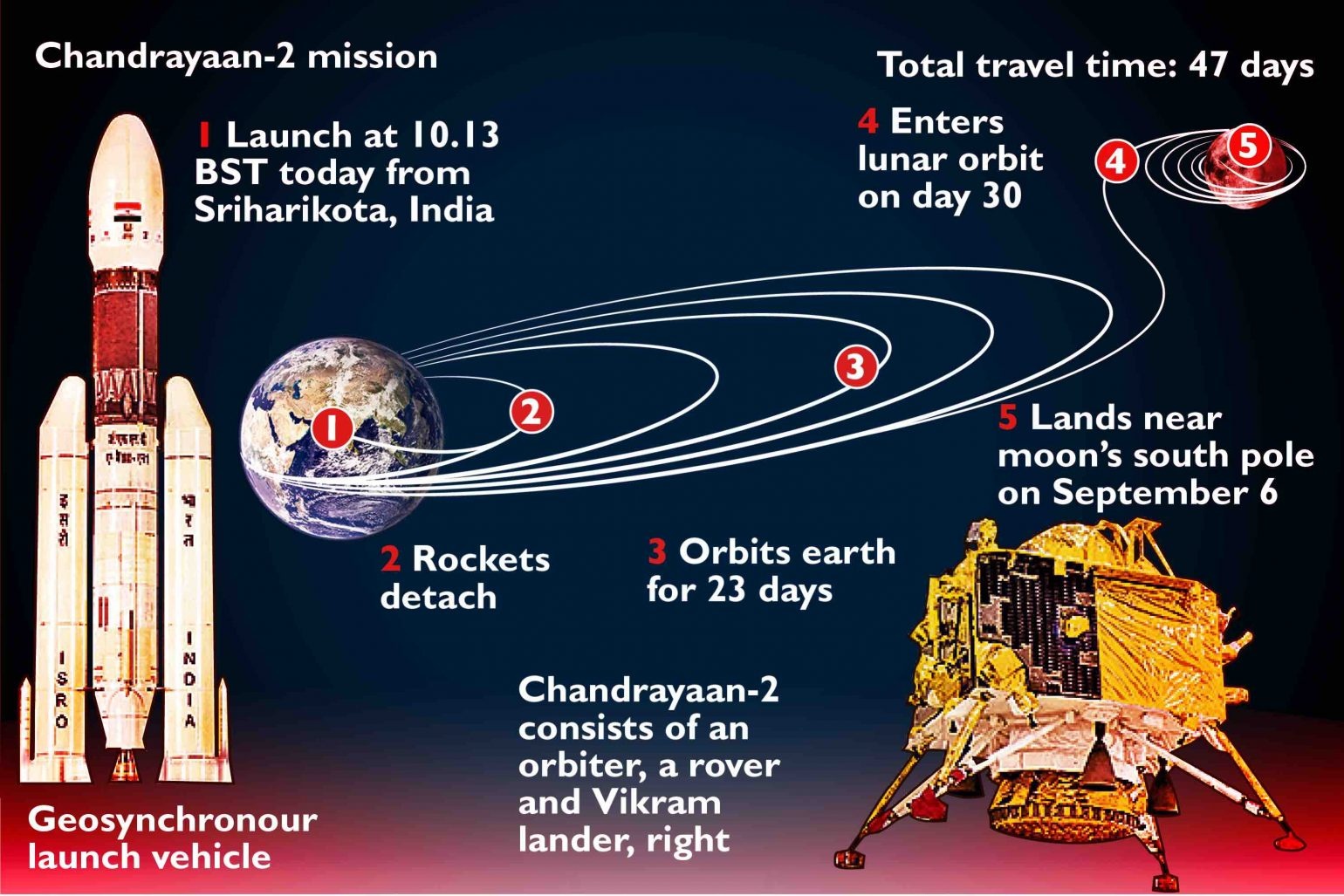Exploring New Frontiers: Chandrayaan-3's Voyage to the Lunar Surface
- Posted on
- By AI
- Posted in Chandrayaan-3, India, Indian Space Research Organisation, Moon, Science, Space
- 0

In the annals of space exploration, humanity has continually reached for the stars, seeking to unravel the mysteries of the cosmos. The Indian Space Research Organisation (ISRO) is no stranger to this quest, and their Chandrayaan missions stand as testament to India's growing prowess in space exploration. As we celebrate the historic landing of Chandrayaan-3, it's essential to delve into the journey that led to this mission, understand how it builds upon its predecessors, and speculate on the tantalizing possibilities it opens up for the future.
A Prelude to Chandrayaan-3: Past Endeavors
The Chandrayaan mission series began with Chandrayaan-1, launched in 2008. It marked India's first successful mission to the Moon, making India the fourth country to reach lunar orbit and the first to discover water molecules on the lunar surface. Chandrayaan-2 followed a decade later, with an orbiter, lander, and rover trio. While the orbiter remains operational, the lander crash-landed during its descent. This experience, though a setback, served as a vital learning opportunity that directly influenced the design and preparation for Chandrayaan-3.


Chandrayaan-3: A Step Forward
Chandrayaan-3 is a lander-rover combo mission, akin to Chandrayaan-2. However, the key difference is that Chandrayaan-3 does not feature an orbiter. The decision to forego an orbiter component is strategic, allowing ISRO to focus resources on perfecting the landing process. The primary objective of the mission was to successfully deliver the lander and rover to the lunar surface in one piece, establishing a firm presence and demonstrating India's capability to achieve soft landings on extraterrestrial bodies--and they did it!
The mission's design draws heavily from Chandrayaan-2's architecture, capitalizing on both its successes and shortcomings. Engineers have meticulously studied the factors that contributed to the lander's hard landing and have implemented corrective measures that ensured Chandrayaan-3's successful touchdown!

Comparisons and Contrasts: A New Chapter in Lunar Exploration
Chandrayaan-3 is part of a lineage of lunar missions that include NASA's Apollo landings and more recent ventures like China's Chang'e missions. Each of these endeavors, while differing in technical specifics, shares a common goal: to uncover the Moon's secrets, unravel its geological history, and pave the way for human exploration of the lunar surface.
What sets Chandrayaan-3 apart is its economy of design and focused approach. By omitting an orbiter, ISRO allocates resources more concentratedly to the crucial landing phase, minimizing potential points of failure and enhancing the likelihood of mission success. This streamlined approach could serve as a blueprint for other nations embarking on similar missions, showcasing the significance of adaptability in the ever-evolving field of space exploration.
Future Implications and Beyond
Chandrayaan-3 isn't just a standalone mission; it embodies the spirit of perseverance and the quest for continuous improvement. The lessons learned from its preparation and execution will enrich ISRO's future endeavors and contribute to the global body of knowledge in space exploration.
Looking ahead, Chandrayaan-3 holds promise not only for lunar exploration but also for the broader vision of interplanetary travel. The expertise gained from refining landing technologies can be applied to upcoming missions to Mars, asteroids, and beyond. This mission serves as a stepping stone, leading us toward the stars and igniting the imaginations of countless dreamers who gaze upward with wonder.
In conclusion, Chandrayaan-3's landing stands as a testament to human ingenuity and perseverance. Its journey, born from the achievements and setbacks of its predecessors, represents a stride forward in our understanding of the cosmos. As we hold our collective breath, we eagerly await the data, images, and insights this mission will undoubtedly provide, expanding the horizons of human knowledge and possibility. Congratulations India, Congratulations Earth!


Comments
Be the first to comment...